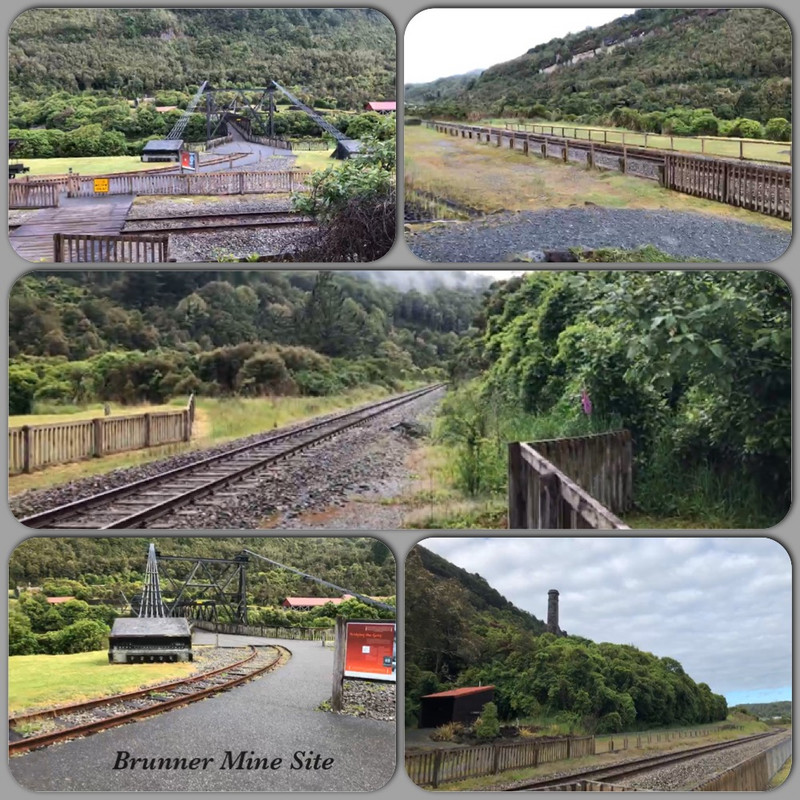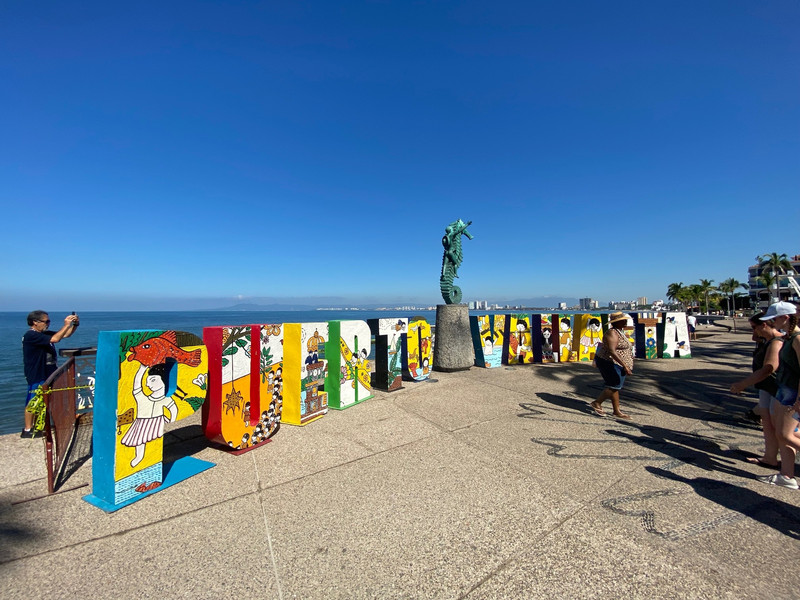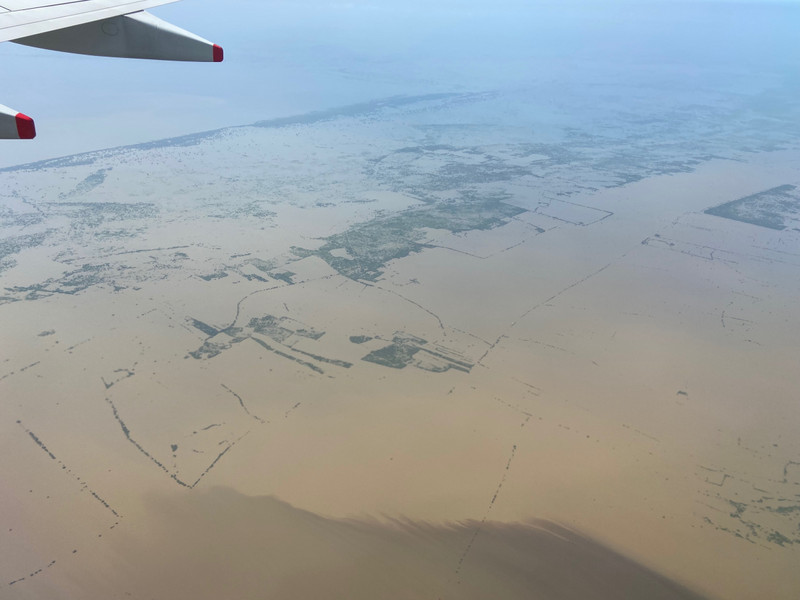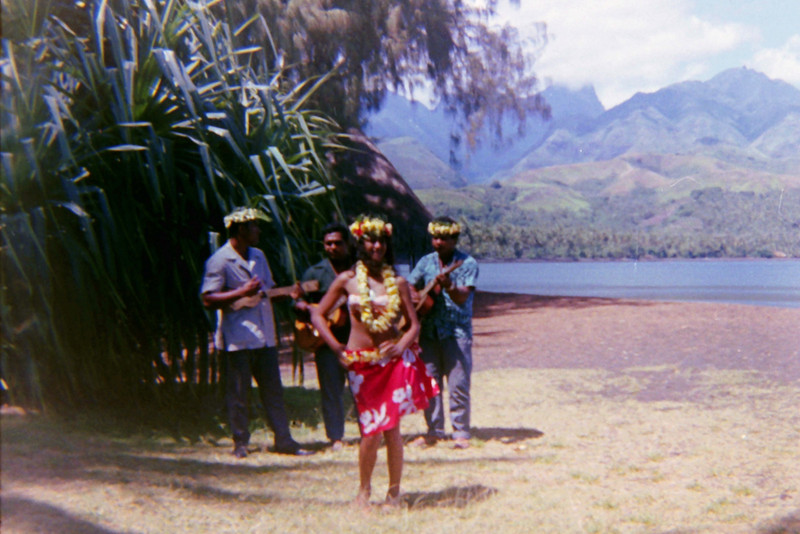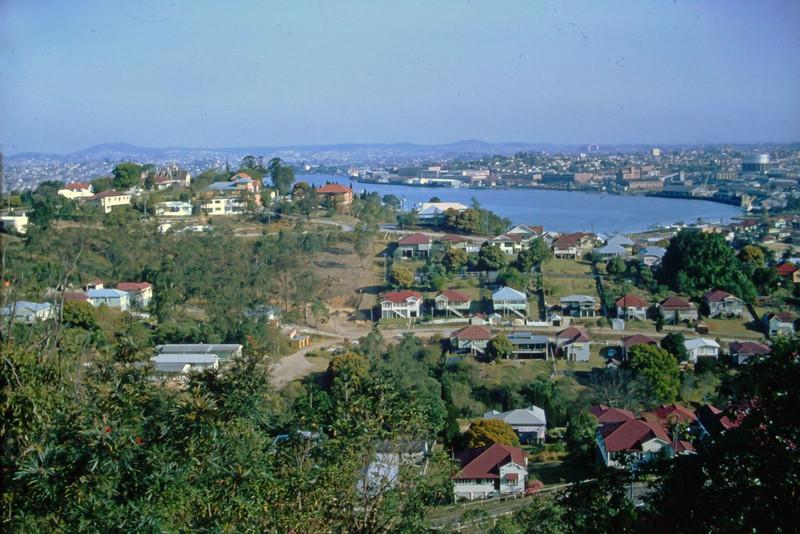It was explorer and surveyor Thomas Brunner who first identified coal seams on the banks of the Grey River in the late 1840s. By the 1880s Brunner Mine was the largest coal producer in New Zealand. Other industries grew alongside the extensive mine buildings and settlement, which included brickmaking and coke production. They were all serviced by a railway bridge across the Grey River. At the peak of production in 1901, 300 families lived here.
Brunner Mine is sadly most remembered for its 1896 accident that instantly killed 65 men in one coal gas explosion. Families abruptly lost their husbands, fathers, brothers and sons. This led to new hardships caused by a loss of with grieving families struggling to pay for food, clothes, rent or mortgage. The disaster and the plight of the families caught the attention of the whole nation. It ultimately sparked West Coast unionism and led to improved workplace safety legislation and practices. It remains the countrys worst workplace disaster.
The Brunner Mine was a coal mine back in the late 1800s and at its peak employed over 300 men and boys. This site is particularly
famous for the tragic events of 1896 where 65 men were killed in an explosion. It is New Zealands greatest workplace disaster.
Walking around this now very calm and beautiful location was quite sad at times because of the mining tragedies experienced, not just from the 1800s but in more recent years too.
The memorial plaques and the stories of these brave workers and families at site was shared with by Patrick.
